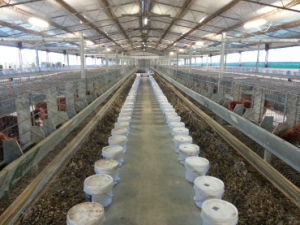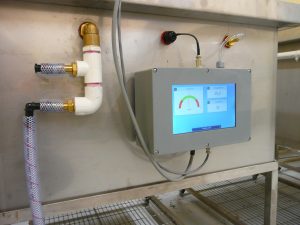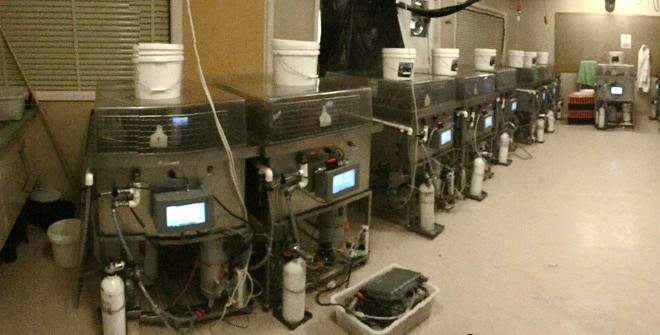Net energy for laying hens
Bob Swick, Shubiao Wu and Shahram Barzegar
The poultry industry is a major consumer of energy in the form of grains, protein meals and fats. Is there a way to use more of this energy for

egg production instead of lost as excess heat? Researchers at University of New England have been studying energy partitioning in laying hens in an effort to develop a feed formulation system based on net energy. This is intended to reduce heat increment or the heat produced beyond what is needed to keep the body warm. The work has shown benefits of added fat and oil and negative consequences of using protein as an energy source. A prediction equation was developed to convert ingredient metabolisable energy values to net energy based on their protein and fat content. A validation study was conducted with 600 Hyline Brown hens to examine the effect of fat and protein levels on performance from 20 to 40 week of age.
The study had three treatments including the control, a normal diet. A second diet had higher fat and lower protein than the control and lower metabolisable energy but the same net energy. Birds fed this diet had the same FCR, HDP and egg weight as the control with a slightly high yolk colour score. A third diet had higher net energy with the same metabolisable energy

as the control. This diet has the highest added fat. Feed conversion was 7 points more favourable than control, the birds produced larger eggs at the same hen day production as control. Yolk colour score was higher than control.
Using net values in place of metabolisable energy values will increase the relative value, shadow price and use of ingredients with high oil content. The equation can be plugged into the formulation program to predict net energy of ingredients. This will allow nutritionists to formulate to on a net energy basis. This is expected to improve efficiency and profitability in the layer industry.


